Producers raise the animals for their meat and fibre; they hope a Canadian organization will help build the industry
CASTOR, Alta. — The demand for yak meat, fibre and breeding stock keeps increasing and Jennifer Rath hopes a new yak association will connect producers and help continue the growth.
“It will be some work to set up, but it will help create new breeders and help guarantee a meat market,” said Rath, owner of The Yak Ranch and the push behind the first organizational yak meeting in mid-April.
“I want to develop an association so yaks are taken more seriously. I think everyone knows we need it,” said Rath of Wildwood, Alta.
Rath fell in love with yak after eating the meat, but quickly learned to love the shaggy animals that originated in Tibet, but are now found around the world.
“There is so much demand for the meat. If we can co-operate together then we can try to market more meat and fibre.”
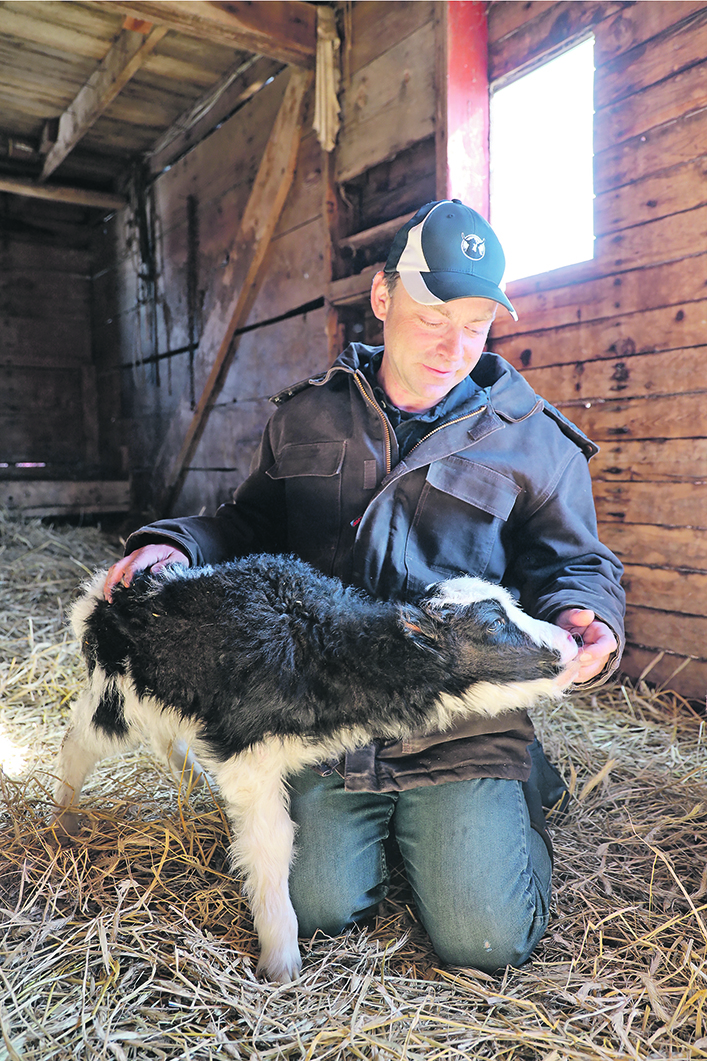
There are no solid statistics on how many yak farmers or yaks there are in Canada. Rath phoned about 30 yak producers to let them know about the upcoming organizational meeting. She thinks there may be three or four producers in Alberta with more than 100 head of yak. Most producers have around 30 head, but there are plenty of small acreage holders that have only a few. She estimates there may be around 1,000 yak in Canada.
With 200 head, Rath is the second largest producer of registered yak in Canada. Now, yak breeders can register with IYAK, the international yak association, and USYAK.
By creating a Canadian yak association, Rath hopes to give Canadian yak owners a supportive community where they can build knowledge, get to know each other and support sales of animals, fibre, meat and other yak products.
Already, the yak producers are working with AWAPCO, the Alberta Elk Co-op to sell some meat products.
“I like the versatility of the breed. It is such a diverse industry. It needs to get to the next step. There is such a strong demand for the meat and there are not enough producers.”
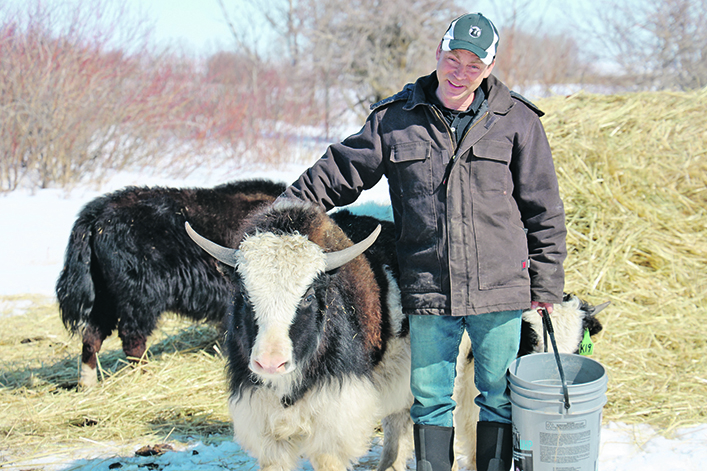
Rath has a long list of repeat customers who buy meat each month and she no longer needs to advertise yak meat for sale.
Selling meat has been a bit more difficult for David Weber of Castor, Alta., who prefers raising the animals to marketing them.
“I am more comfortable with the animals than sales,” said Weber, who believes the yak association is an important step to build the industry.
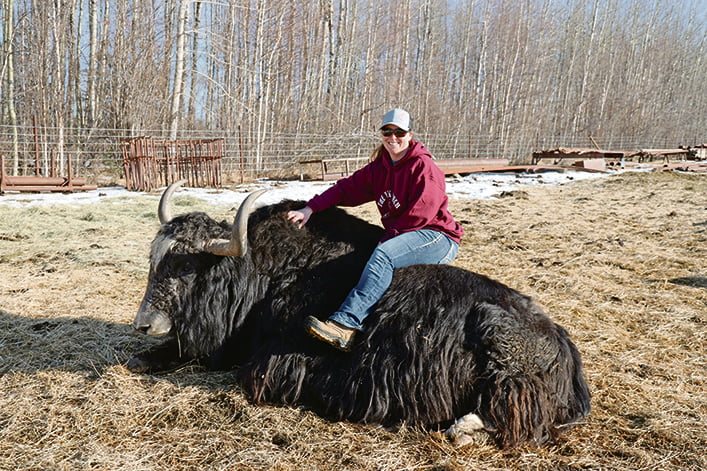
“There is a great opportunity going forward. If we can build awareness there is a lot of opportunity for growth.”
The central Alberta farmer was looking for an easy-maintenance, easy-calving, winter-hardy animal when he saw an advertisement for a herd of yak. In 2014, he bought his first 20 animals and six months later bought another 27 cows and four bulls to add to his herd.
“I wanted to get into livestock for an integrated approach to cropping with the grain farm,” he said.
“They are intelligent and curious. I find a lot of them have individual personalities and character. When you take an animal into the butcher, it is not quite as easy as I thought it would be. There is a bit more of an attachment there,” said Weber, who sells meat direct to customers and through two restaurants.
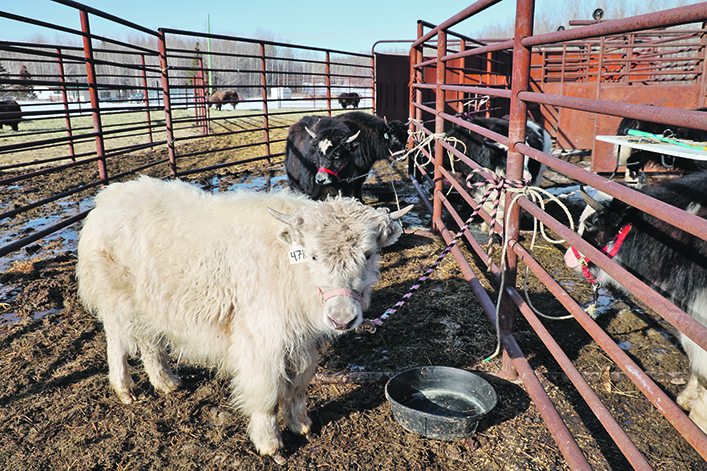
By mid-March, five of his yaks had calved. With a calving weight of roughly 25 pounds, there are few problems calving. The ruminant animal is fed a forage diet similar to cattle. Weber gives the herd oats to keep them friendly.
“They will follow the oat bucket into the corrals.”
While cattle have distinct breeds, all the yaks in North America are domestic and are identified by colour. Black and white yaks are called royal. A plain black yak is called a native. Trim yak have just a small amount of white on the head, feet or tail. Others are golden or white.
Rath hopes to build a small herd of golden or white yak, colours desired by spinners. Each spring, Rath puts her yaks in the squeeze, combs the fibre from the animals and sells it through her website. Yak fibre ranges from $6 to $10 an ounce and is popular with knitters and spinners.
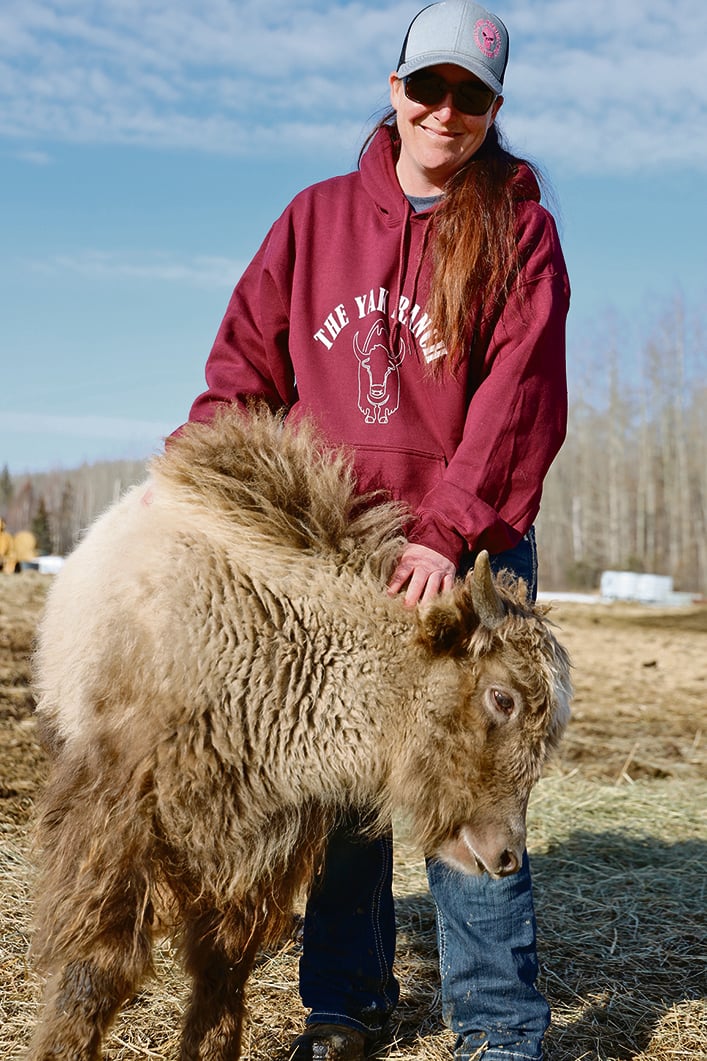
After BSE, the American border was closed to Canadian yak and didn’t reopen until recently.
Now Rath believes there will be a greater demand for new genetics on both sides of the border. Since building her herd, Rath sells breeding stock to about five new farms each year, all enthusiastic about the industry and its future.
She bought her first herd of 33 yaks in 2015 from a farm in British Columbia and continued to buy animals from around Alberta before importing 24 from the United States and moving her operation from Caroline to Wildwood in 2021.
“My goal is to get more diverse genetics up here. The meat sold me on raising the animals, but I want to better the industry,” she said.

















